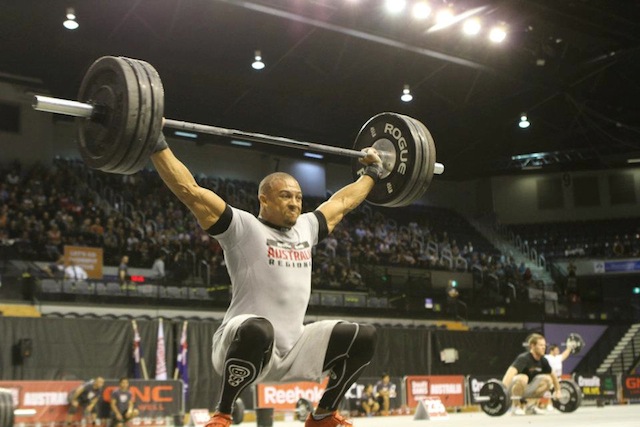In order to run faster and stay healthy, she began an on-line strength training routine for runners. The injury she sustained while doing the program set her back at least six months. This is not the first or last occasion of treating an injury caused by an on-line or DVD program like P90X. This is not even the first time that IronStrength For Runners has brought business to my office.
This particular program was created by a "nationally known sports medicine physician" and sponsored by Runners World magazine. The workouts are not terrible if you consider the mode of delivery. But they're not good, either.
I assume that Dr. Metzi, the creator, ignored or does not know what I'm about to tell you. I have mixed feeling about saying it outright. After all, injuries keep me gainfully employed. But here goes:
--- DO NOT PERFORM PLYOMETRICS FOR CONDITIONING (i.e. what most people call burning calories or generally getting in shape). ---
Inappropriate use and progression of plyos are some of the top reasons for active young- and middle aged people to require physical therapy.
[Plyometrics are explosive powerful training exercises (usually variations of jumping, hoping, and throwing) that effectively activate a quick response and elastic properties of muscles and joints. Here is the Wikipedia entry.]
Plyometrics are included in most home-based programs because they are challenging, require very little equipment, and they produce results.
I'm not against them. Plyometrics are actually great...so long as they don't destroy you.
Almost every single DVD or on-line fitness guru will have you doing plyometrics inappropriately:
-You will be doing plyometrics without feedback on your form.
-You will be doing plyometrics without even knowing if your body possesses the flexibility and strength to achieve proper form.
-You will often be jumping into plyometrics without systematically increasing the resiliency of the muscles and connective tissue.
-You will often be jumping and thrusting around until you're blue in the face (in a state of high fatigue).
Each one of these factors -alone- is enough to cause injury, even in young people. Sorry, but it's the nature of the beast. On-line and DVD fitness programs simply cannot be custom tailored to assess and coach each person on the other side of the screen. And some of them are downright bad (poorly designed).
People of all fitness levels and walks of life make errors in their training. We go too hard or heavy, for too long, too often. We perform exercises incorrectly. We assume that what is healthy or "worked" for someone else is necessarily going to "work" for us. A fitness program or DVD simply cannot navigate the details of where you fit in.
I've made my share of training errors and experienced (and continue to experience) the consequences. Injuries...they happen. But the risks are often manageable, and well worth the benefit (and fun!) of leading an active lifestyle.
So put some thought into your plyometric training:
-While plyometrics impose various amounts of impact on the joints, the target body part is the nervous system. Plyos teach the brain to control and coordinate the entire body to be powerful and quick. If 20 minutes once or twice per week is good, more is NOT better.
-Seek instruction from someone who knows what they are doing. Ask questions like "Why am I doing this?" and "What does that certification mean?" If the answers sound like fitness jargon b.s., it is.
| Has some work to do before hitting the plyos |
-Ideally, you should go through a basic movement screen to see that you pass the known prerequisites to beginning plyometric exercise.
-If you do stand to benefit from and tolerate plyometric activities, do not perform them in a state of fatigue. Keep the rest periods long and the work periods short and powerful. You should never feel completely gassed from these activities.
-For conditioning (getting in shape, calorie burning for weight loss, etc), find lower impact, grinding alternatives like variations of sled push, kettlebell swings and carry, farmer walk, rowing and stationary bike intervals, battling ropes, hill walks, jogs, and sprints, etc.
-If you are a serious runner or other endurance based athlete, see the above points AND do not confuse your resistance and plyometric training with just adding more endurance work. Your muscular endurance is already stellar, and you will benefit most from increasing your strength and power. So "lift" relatively heavy, leap and bound in short, powerful blasts, and be smart about exercise selection.

Again, find a guide for six or 8 weeks. This is usually plenty of time for you to ...
...you to TRULY LEARN how to best fit an effective exercise program to the structure of your body and the demands of your activity.
My apologies to Insanity. I want to thank them for the referrals. And if I spared you an injury, please direct your friend, uncle, or cousin who sustained an Insanity injury to my office.
















